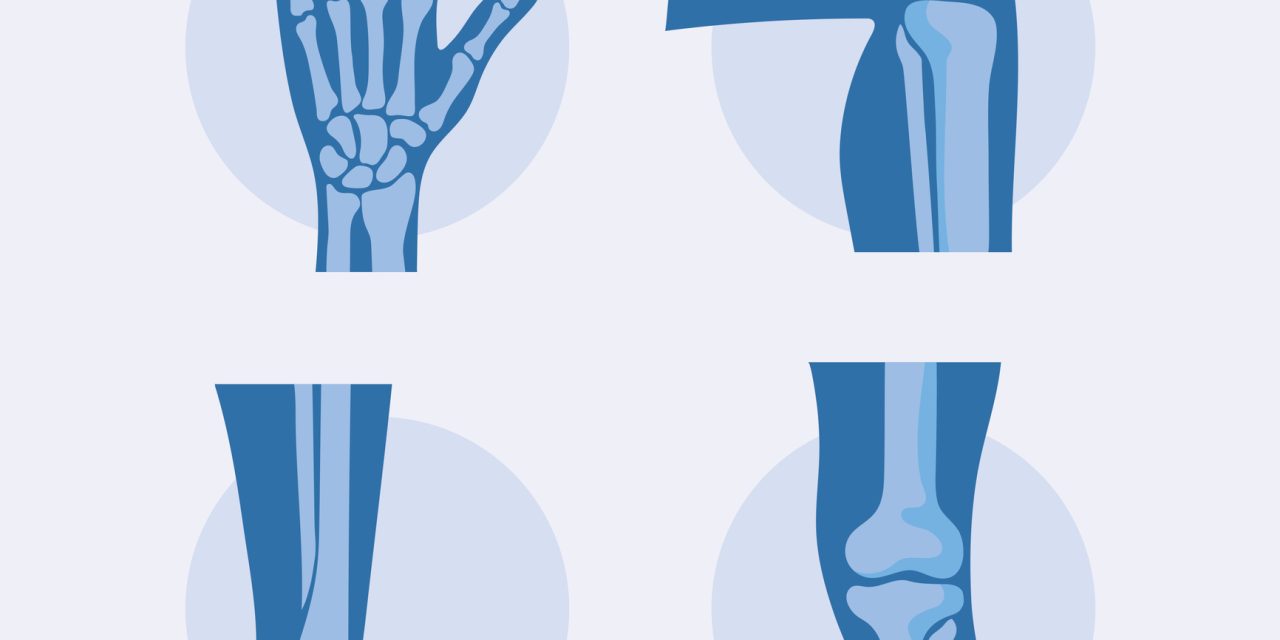This study was conducted to investigate the reaction times and symmetry index (SI) of the bilateral trunk and limb muscles between control subjects and subjects with low back pain (LBP) that persisted for two months or longer.
Fifty-seven right limb dominant subjects (31 healthy control subjects and 26 subjects with LBP) participated in this study. The subjects were exposed to a slip perturbation (0.24 m/sec velocity for 1.20 cm), which caused them to move forward for 0.10 s in standing while holding a tray. The electromyography (EMG) electrodes were placed on the bilateral erector spinae (ES), rectus abdominis (RA), rectus femoris, hamstring, tibialis anterior, gastrocnemius, biceps brachii (BB), and triceps brachii muscles. The reaction times were analyzed, and the SI was used to compare the bilateral trunk and limb muscles for the degree of asymmetry between groups.
The ES reaction time was significantly delayed in the control group (0.33 ± 0.22 vs. 0.22 ± 0.17; t = 2.25, p = 0.03). The SI of reaction times was significantly different on the RA (t = -2.28, p = 0.03), ES (t = -2.36, p = 0.04), and BB (t = -2.15, p = 0.04) muscles between groups.
The delayed non-dominant ES reaction time might indicate a freedom of pain recurrence in the control group. Although the asymmetry increased on the RA and BB muscles in the LBP group, it decreased on the ES muscle. The asymmetries on the trunk and BB muscles were evident in the LBP group. The asymmetrical reactions in the arm-trunk muscles need to be considered for rehabilitation strategies.
The reaction times and symmetry indices in the bilateral trunk and limb muscles in control subjects and subjects with low back pain that persisted two months or longer.


